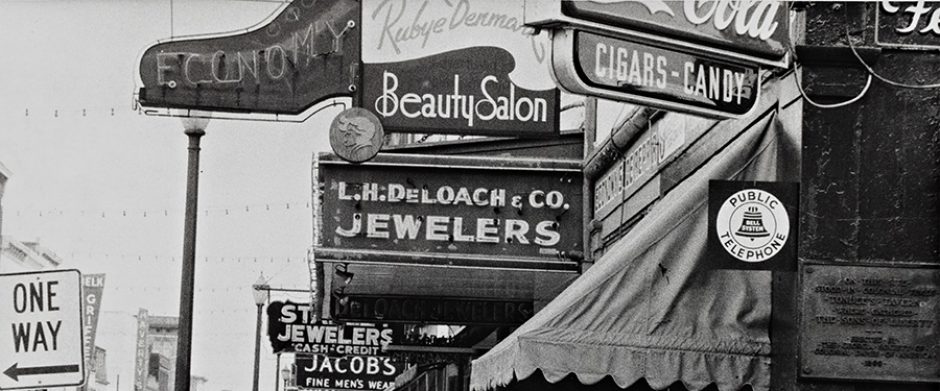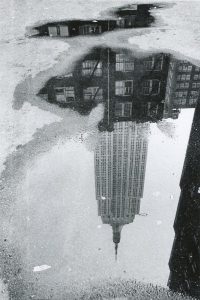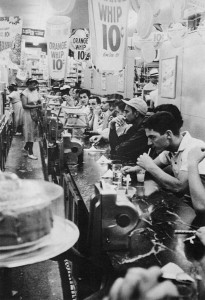The Final Exam is on Tuesday 5/23 at 10 am, please arrive on time to avoid missing the slide identification section. It is not possible to go back to Part I after the exam begins.
Please note that the short list for the final exam is posted online under Class Downloads/Slide Lists.
The following are the terms for the Terminology section of the Final Exam.
Choose 3 of the following terms to discuss. Write a few complete sentences defining the art movement and give an example.
Russian Constructivism
Dada
Group f.64
Surrealism
Social Landscape
Pictures Generation
Good luck studying for Finals!





